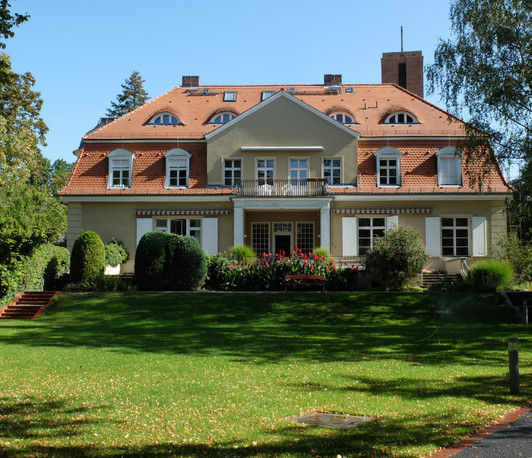Electron-Phonon Coupling from First-Principles
- TH Department Seminar
- Date: Oct 12, 2023
- Time: 02:00 PM (Local Time Germany)
- Speaker: Prof. Samuel Poncé
- Université catholique de Louvain, Institute of Condensed Matter and Nanosciences, Louvain-la-Neuve, Belgium
- Location: https://zoom.us/j/92017039549?pwd=QkFtR0xLMWttZi9ackNiZFdoNnlpZz09
- Room: Meeting ID: 920 1703 9549 | Passcode: 122127
- Host: TH Department

I will first present the Boltzmann transport equation within the
general framework of the quantum theory of mobility. I will subsequently
discuss the accuracy limit of ab initio electron-phonon calculations of
carrier mobilities and show that predictive calculations of electron
and hole mobilities require an extremely fine sampling of inelastic
scattering processes in momentum space. Such fine sampling calculation
is made possible at an affordable computational cost through the use of
efficient Fourier-Wannier interpolation of the electron-phonon matrix
elements. Using that interpolation technique, I will present recent
findings on the intrinsic electron and hole mobility of silicon,
wurtzite GaN, and halide perovskites.
In particular, the effect of
magnetic field on the carrier transport properties will be discussed in
the context of Hall mobility measurements.
In addition, recent
advances have allowed for the extension of the theory to the realms of
2D materials and I will present results on monolayers such as MoS2, InSe
or SnS2.
Finally, I will discuss the Allen-Heine-Cardona (AHC)
theory for the renormalization of the electronic bandstructure with
temperature. In particular, I will show that the adiabatic AHC theory
allows for an easy computation of the effect of electron-phonon
interactions but cannot be used in the case of infrared-active materials
where a nonadiabatic version is required.